
|
|
|
| synonym |
|
| description |
A dark species in this genus with a central bold transverse band across the wings that is blackish. There is a network of black lined wing cells near the tip of the wings that gives this species a somewhat distinctive wing pattern. This pattern, in addition to the relatively clear base of the wings above the dark band, outside of a small black tear-shaped mark on the side of each wing, can help differentiate this species from the similar B. cognita whose wing markings are typically much more intense and darker; maculata also only has the clavus embrowned along the inner margin. The body is dark, blackish in color, contrasting with the typically fulvousy orange/tawny color of the square-shaped head. The face is also dark, and the pronotum and tegulae are embrowned or not; the mesonotum is a dark yellowish-brown to dark reddish-brown. The legs are also fulvousy orange. Adult males are 4.2-5.0 mm long, while females are 4.4-5.2 mm. (Kramer, 1983)
For more pics of this species, see: BG. |
| distribution |
Eastern United States, as far north as Maryland and as far west as Texas (UDEL) |
| abundance |
Uncommon, recorded primarily from the Coastal Plain; possibly more abundant in the right habitat. |
| seasonal_occurrence | |
| habitat |
Has been found in grassy habitat. |
| plant associates |
Nymphs are presumed to be root feeders. Adults have been found to associate with: saltmeadow cordgrass (Spartina patens), big cordgrass (Spartina cynosuroides), needlegrass rush/black rush (Juncus roemerianus), and dog-fennel (Eupatorium capillifolium) (Kramer, 1983) |
| behavior |
Can be attracted at night with a light. |
| comments |
Species in this genus can be difficult to identify. |
status |
[Native:]
[Introduced:]
[Extirpated:] | | list_type |
[Official:]
[Provisional:] |
| adult_id | Unmistakable and widely known Identifiable from good quality photos of unworn specimens
Identifiable from photos showing undersides, or other specialized views [e.g., legs, face]
Identifiable only by close inspection of structural features or by DNA analysis NULL |
| nymph_id | Unmistakable and widely known Identifiable from good quality photos, especially where associated with known host plants
Identifiable from close inspection of specimens or by DNA analysis
Identifiable only through rearing to adulthood NULL |
| G_rank |
|
| S_rank |
|
| rank_comments |
|
| tribe |
Bothriocerini |
| subgenus |
|
Species Photo Gallery for Bothriocera maculata No Common Name |
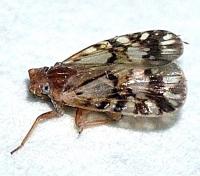 | Photo by: Paul Scharf
Warren Co.
Comment: Attracted to Light | 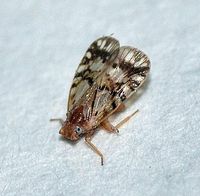 | Photo by: Paul Scharf
Warren Co.
Comment: Attracted to Light |
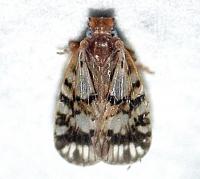 | Photo by: Paul Scharf
Warren Co.
Comment: Attracted to Light |  | Photo by: Kyle Kittelberger, Brian Bockhahn, Paul Scharf
New Hanover Co.
Comment: marsh grass: black needlerush, spartina, etc. |
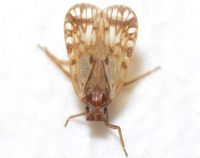 | Photo by: Kyle Kittelberger, Brian Bockhahn, Paul Scharf
New Hanover Co.
Comment: marsh grass: black needlerush, spartina, etc. |  | Photo by: Kyle Kittelberger, Brian Bockhahn, Paul Scharf
New Hanover Co.
Comment: marsh grass: black needlerush, spartina, etc. |
 | Photo by: Kyle Kittelberger
Dare Co.
Comment: |

 »
»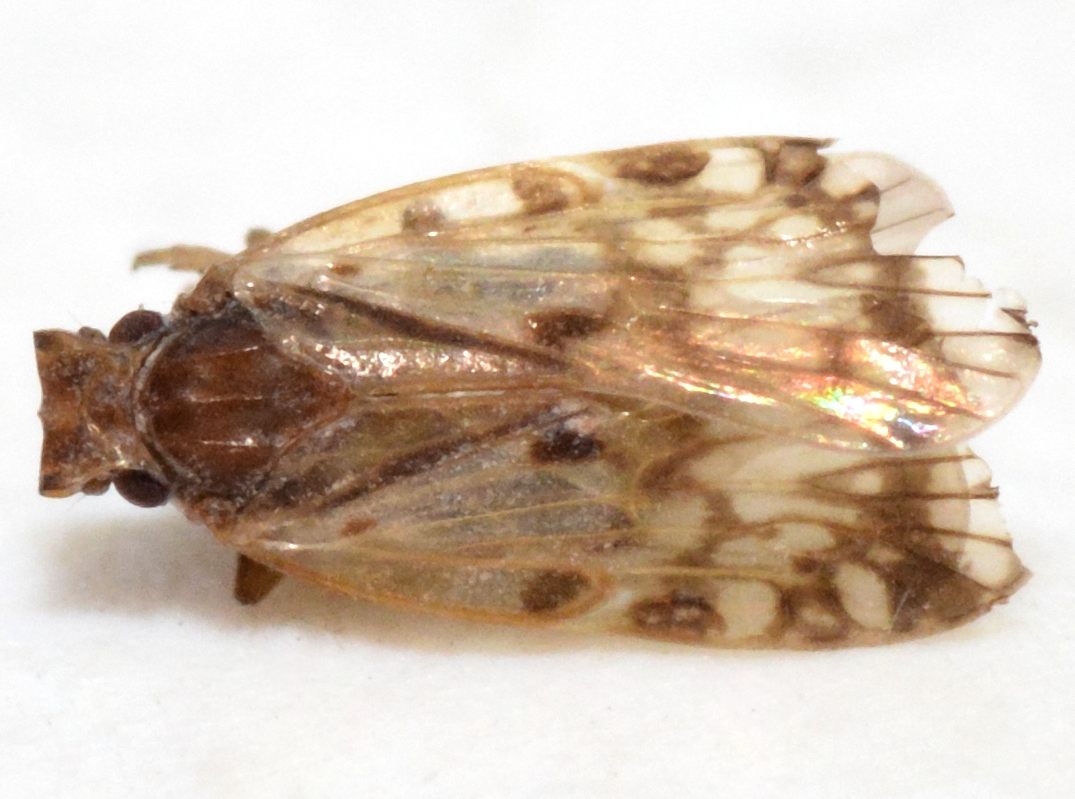

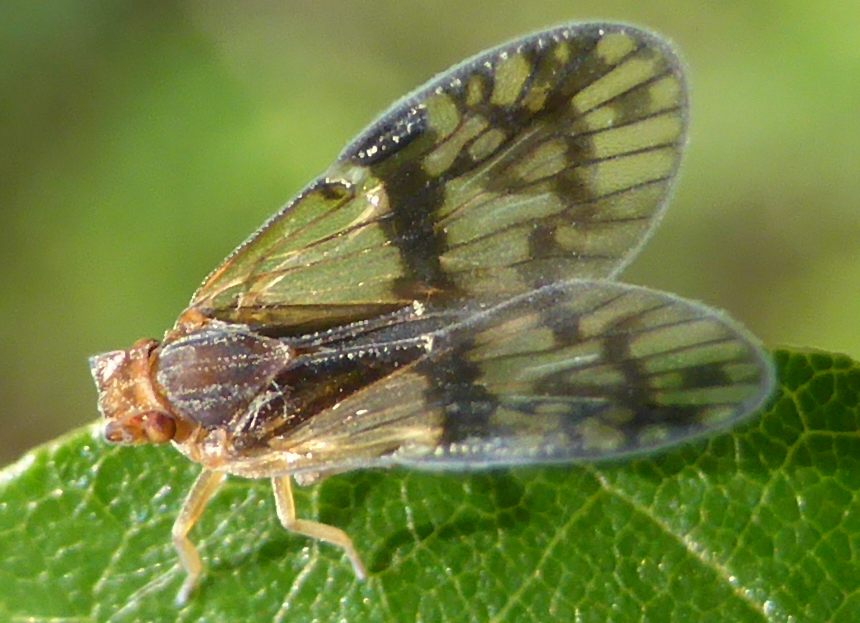

 »
»

